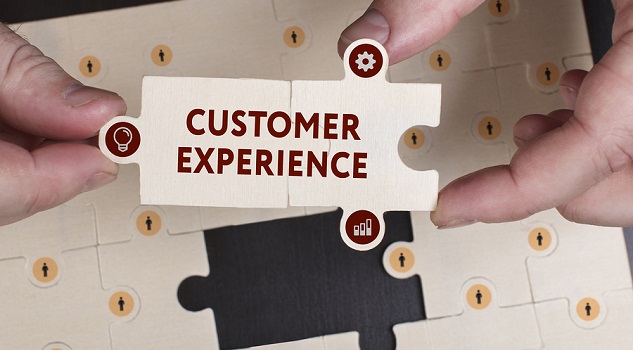In a boost for small businesses, this year’s Federal Budget contained a substantial $290 million cashflow assistance package, benefiting up to four million small enterprises. This financial aid comes at a critical time for smaller retailers, many of whom are yet to implement a ‘unified commerce’ strategy, a key ingredient for success in today’s eCommerce market.
The potential of eCommerce is infinite, with Australians spending $63 billion online in 2023 alone, according to Australia Post data which found that many households shop online every week. Unified commerce – a seamless customer experience across every touchpoint – is essential for retailers to tap into this demand. Yet, while most retailers understand its value, too few are adopting it, according to SHOPLINE’s Unified Commerce Benchmarking Study, which examined how retail business owners and decision-makers are planning for 2024.
But what are the barriers to adoption? And how can retailers capitalise?
High awareness, low adoption of unified commerce
While recognition of unified commerce’s importance is widespread among Australian retailers, actual adoption lags significantly. This pattern is particularly evident among small retailers, defined as those with less than $10 million Gross Value Merchandising (GVM). Our research reveals that 41 per cent of small retailers rate unified commerce as very or extremely important, yet only four per cent are currently utilising it and 14 per cent have plans to do so.
Recognising the importance of unified commerce is crucial, as shoppers engage with brands across multiple channels. Through a unified commerce approach, retailers can effectively meet and exceed customer expectations however and wherever they shop, fostering loyalty and enhancing the overall customer experience.
Challenges to adoption
SHOPLINE’s report reveals that Australian retailers face several obstacles in adopting unified commerce. These challenges include inflexible infrastructure (55 per cent), high costs (54 per cent), and resource constraints (53 per cent).
For small retailers, these hurdles are even more daunting. High capital costs – which come at a time of softened consumer spending – are a major barrier. In fact, 41 per cent of small retailers struggle with selecting the best technological solutions, highlighting the complexities of selecting the right platform or vendor.
Data integration is another significant challenge. Seamless, real-time access to data is crucial for all small retailers, yet integrating disparate systems remains a major hurdle. 66 per cent of retailers identify integration with existing platforms as a common barrier to adopting new technology.
Despite these obstacles, there are practical strategies small retailers can use to overcome these barriers and successfully implement unified commerce.
Strategies for embracing unified commerce
One of the key strategies for small retailers to effectively embrace unified commerce is to partner with vendors who offer scalable solutions, industry expertise, and quality support services. Invest in flexible technology that can adapt and expand as a retailer grows.
It is also crucial to look for cost-effective solutions without sacrificing quality, especially with today’s economic climate and the smaller budgets smaller retailers are often working with. The ROI from a unified approach can be significant.
It is also pivotal to focus on data integration, especially when considering all the benefits that businesses – and their shoppers can derive from data-driven approaches. Ensuring that systems work together seamlessly enhances operational efficiency and provides valuable insights for decision-making, such as personalised marketing, improved inventory management, and streamlined customer service processes.
Small retailers are navigating a landscape fraught with challenges, yet unified commerce is a bridge over choppy waters. It empowers even the smallest businesses to roll out impactful, loyalty-driving strategies like personalised product recommendations, enhanced customer experiences and streamlined operations. Today, meeting consumer expectations is paramount, ensuring not just transactions, but lasting relationships that drive loyalty and growth. Through unified commerce, small retailers can achieve exactly that.











